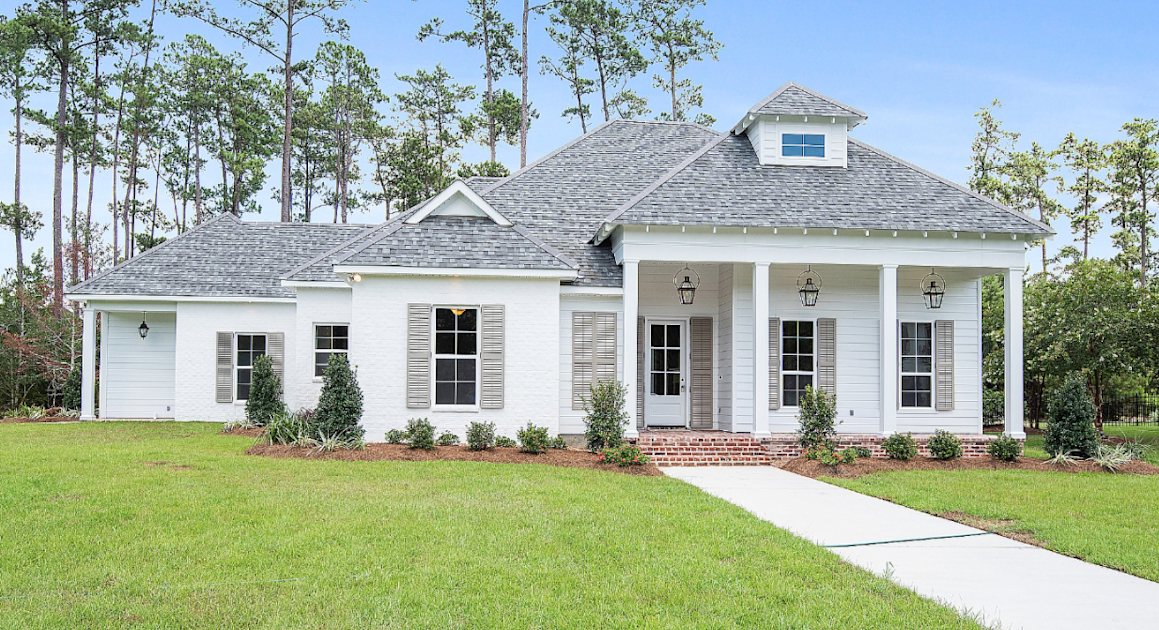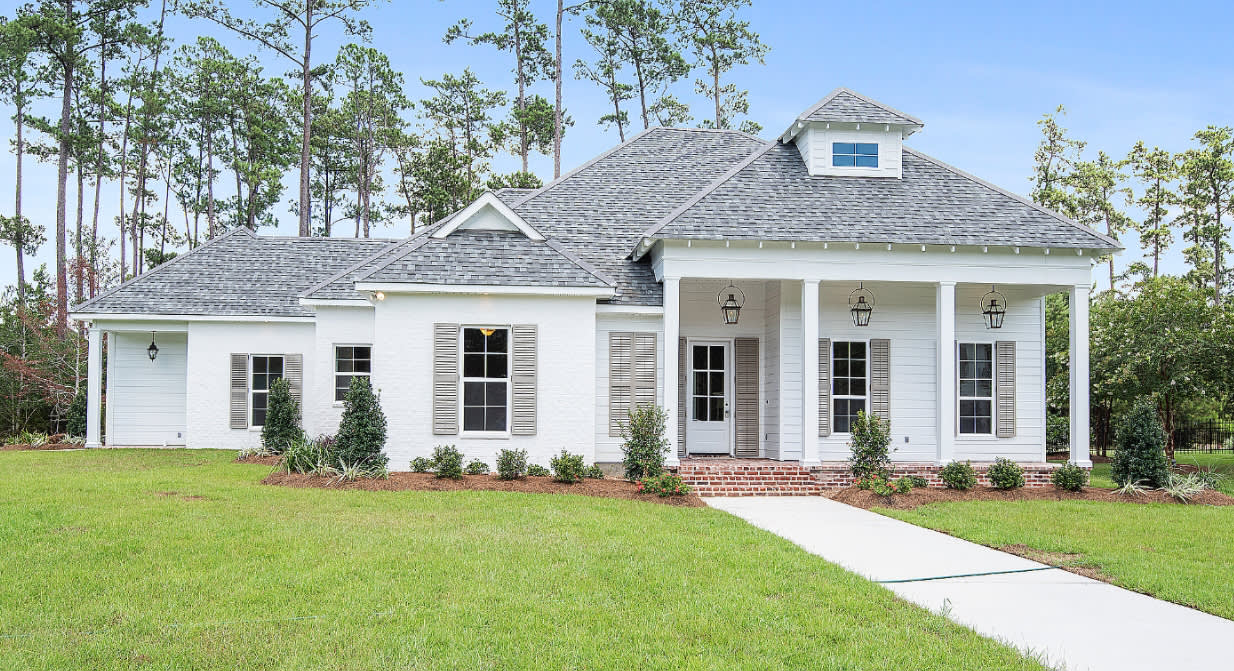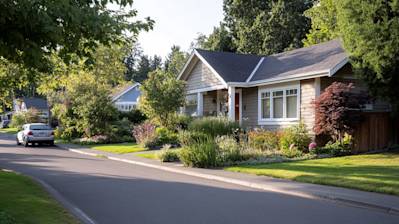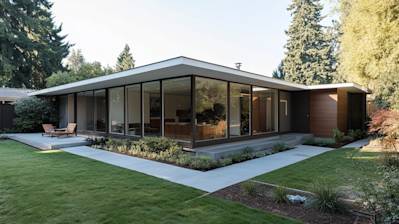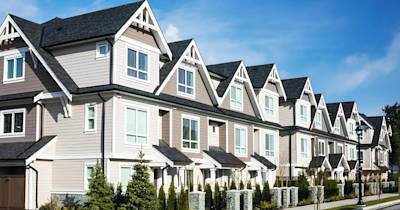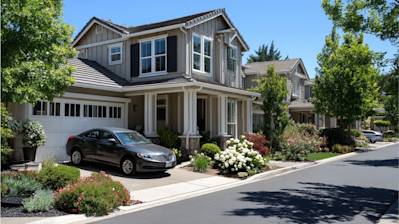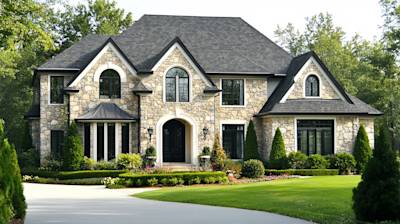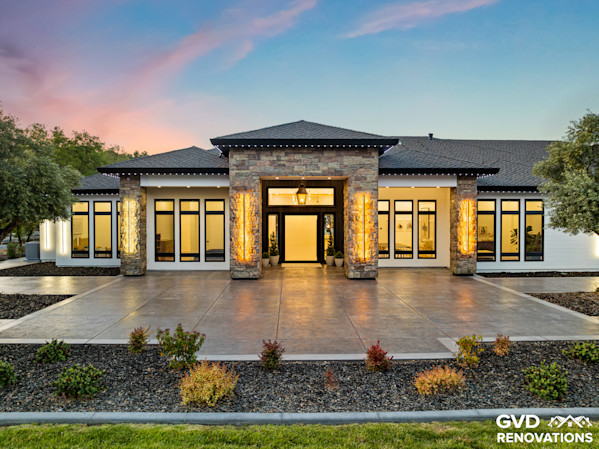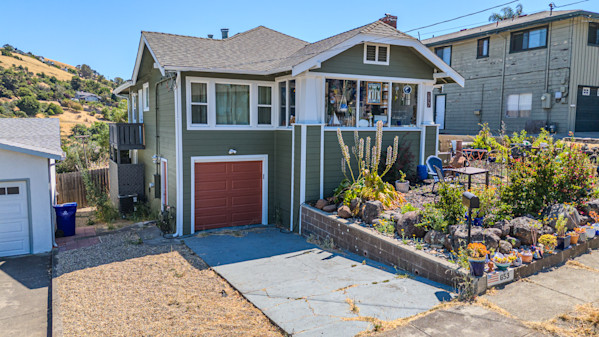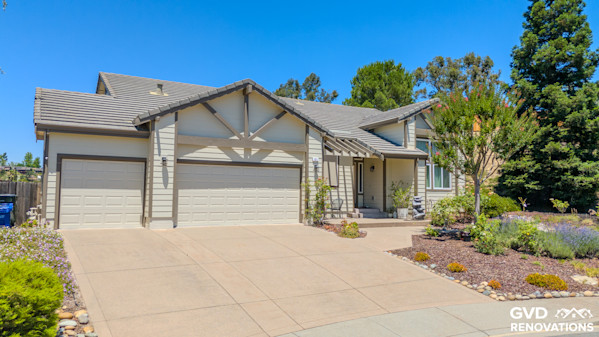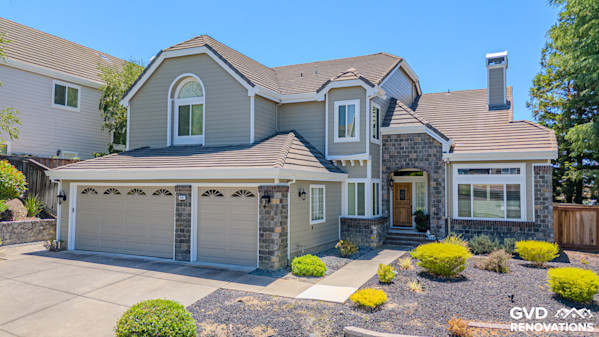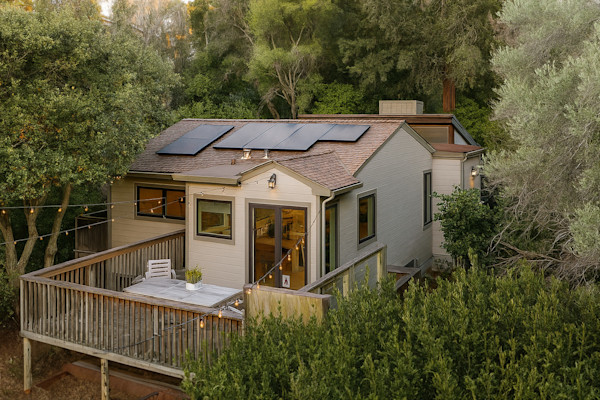Masonite Siding
In the early 1980s, Masonite siding burst onto the siding market, introducing a distinctive appearance and a range of unique benefits. This type of siding, also referred to as pressboard or hardboard, allows for a customizable and consistent exterior finish that complements a wide variety of architectural styles. Although it may not enjoy the same level of popularity as it did in the past, many homeowners continue to utilize it today.
Although masonite siding offers durability and aesthetics, newer siding materials have emerged, addressing some of its historical shortcomings. We'll explore these alternatives to help you make an informed decision for your home's exterior.
What Is Masonite Siding?
Masonite siding, also known as pressboard siding, enjoys popularity among homeowners for several compelling reasons. This cost-effective alternative to traditional wood siding is crafted from a blend of wood fibers, resin, and wax. Its key advantage lies in its impressive durability, making it highly resilient against harsh elements like heavy winds and rain.
Moreover, this material is resistant to both insects and rot, allowing it to maintain its appearance over extended periods. However, it's essential to weigh the pros and cons. Masonite siding is susceptible to moisture damage, which may result in warping, swelling, and cracking.
Types of Masonite Siding
In the realm of masonite siding, you'll encounter one distinct variation available in the market.
This variation is known as textured masonite siding, which maintains the same composition as standard masonite siding, comprised of wood fibers and resin. However, what sets it apart is its enhanced durability and textured surface, providing a sturdier alternative to conventional masonite siding."
Regular maintenance, including painting, sealing, and repairs, is necessary to preserve both its appearance and structural integrity. While masonite siding can be an appealing and practical choice for budget-conscious homeowners, it's crucial to understand both its benefits and potential challenges.
Advantages and Disadvantages of Masonite Siding
Pros:
- Cost-effective option
- Lightweight and easy to handle during installation
- Smooth surface allows for versatile design choices
- High durability, capable of withstanding harsh weather conditions
- Resistant to insect infestations and rot
- Low maintenance, reducing time and effort for upkeep
Cons:
- Improper installation can lead to buckling and susceptibility to water damage
- Inadequate sealing or painting may result in rotting
- Potential peeling if adhesiveness is compromised
- Requires regular maintenance, including painting, sealing, and repairs
- Challenging to repair in the event of damage
What is Masonite Siding Used For?
Masonite siding serves as a budget-friendly substitute for conventional wood siding, finding its primary application as an exterior cladding material. Its main purpose is to shield structures from severe weather conditions while enhancing their visual appeal.
Masonite siding is commonly employed in various settings, such as residential and commercial buildings, encompassing homes, apartments, and retail establishments. It's particularly suitable for regions with high humidity, as it exhibits superior resistance to swelling and warping compared to authentic wood siding. In summary, if you're seeking an economical and resilient siding option, masonite siding is a compelling choice.
Masonite Siding vs. Alternative Siding Options
When comparing masonite siding to other siding materials, it's important to consider the suitability for different climates and regions. Our aim is to assist you in selecting the ideal siding for your home, taking into account the value you receive for your investment. We'll explore four distinct types of siding options:
Hardboard Siding
Hardboard siding is a composite siding made from wood chips and other materials compressed through a heat and compression process.
- Pros: Affordability, durability, low maintenance, and paintability.
- Cons: Susceptibility to moisture damage, termite, and mold infestations if not properly maintained.
Vinyl Siding
Vinyl siding is a popular choice due to its durability and minimal maintenance requirements. It's made from PVC and comes in various colors and styles.
- Pros: Rot, pest, and moisture resistance, energy efficiency.
- Cons: Potential for cracking or fading over time, installation cost.
James Hardie Siding
James Hardie siding, also known as the Hardie board, is fiber cement siding known for its ability to withstand harsh weather conditions.
- Pros: Exceptional weather resistance, non-combustible, customization options.
- Cons: Higher initial cost but offers long-term durability and low maintenance.
Board and Batten Siding
Board and batten siding is a classic style with vertical boards secured by narrow battens.
- Pros: Provides excellent insulation, unique aesthetic.
- Cons: Requires more maintenance, potential for cracking or warping, installation costs may be higher.
Ultimately, the choice between masonite siding and its alternatives depends on your specific needs, budget, and climate considerations. Each siding type has its advantages and drawbacks, and it's essential to weigh these factors carefully when making your decision.
Masonite Siding Costs
When determining the cost of masonite siding, several factors come into play. The price per square foot is influenced by factors such as the grade and thickness of the siding. Moreover, your location and the contractor you choose can also impact the overall cost.
To ensure a fair price for your masonite best Sacramento siding installation, it's crucial to obtain quotes from multiple trustworthy contractors. Investing in this type of siding can not only enhance your home's value but also offer protection and peace of mind in the long run.
Common Issues with Masonite Siding
The Masonite Corporation's history has significantly impacted the perception of masonite siding and its standing within the siding industry. Between 1980 and 2000, the company produced subpar hardboards, resulting in issues such as mold growth and damage within the siding.
When masonite siding is inadequately sealed, painted, or maintained, several common problems can emerge over time, including water damage, rot, cracking, and swelling. Since masonite siding is a manufactured material, it may not exhibit the same inherent strength as natural wood or other organic materials.
Frequently Asked Questions (FAQ)
How can one ascertain whether their home features masonite siding?
The process is straightforward. You can begin by examining an unfinished area of your home, such as the garage or attic, and inspecting the backside of the wood beneath the tar paper. Keep an eye out for any manufacturer's name and product number. A simple online search should provide you with the necessary information.
How is masonite siding maintained?
Homeowners should establish a regular inspection routine to detect any damage and address it promptly. Additionally, gently hosing down the siding with low pressure can help maintain its cleanliness and prevent mildew growth. Repainting every 5 to 10 years is advisable to uphold the siding's appearance. Lastly, ensure that water sources like downspouts and sprinklers are positioned away from the masonite siding to minimize prolonged exposure to moisture.
How long does masonite siding last?
The durability of this engineered wood siding depends on proper maintenance. If repairs are neglected, water exposure isn't controlled, and caulking is not properly maintained, its lifespan may be on the lower end, around 20 years. However, with diligent maintenance, masonite siding can endure for up to 40 years.
How should one apply or reapply caulk to masonite siding?
Begin by ensuring you have a high-quality latex caulk designed for outdoor applications. It's essential to thoroughly caulk all visible cracks and seams to guard against rot and mold. Pay close attention to caulking areas where the edges of the siding boards meet the trim pieces. Caulking plays a crucial role in defending against water intrusion, so it's a step that should not be overlooked or compromised.
Is Masonite siding still available?
The Masonite Corporation ceased manufacturing siding due to a string of lawsuits alleging defects not covered by the warranty. Nevertheless, the Masonite hardboard style is still accessible through other companies.
Conclusion
While masonite siding faced initial challenges, it has experienced a resurgence through alternative manufacturers. Thanks to its affordability, it continues to serve as a practical alternative to the issues and expenses associated with genuine wood siding.
Furthermore, the masonite siding style boasts a high degree of versatility, making it suitable for a wide range of unique personal preferences.
This article is for general information only and not professional advice. Always consult a licensed contractor before making project decisions. Product details, specifications, or warranties may have changed since publication. Brand and product mentions reflect opinion, not endorsements or guarantees.
Tags: Masonite siding benefits, Masonite siding durability, Masonite siding maintenance, Masonite siding installation,


